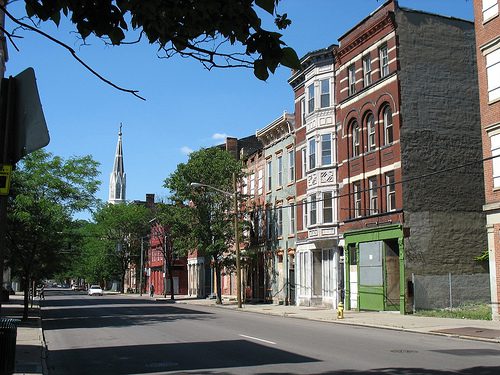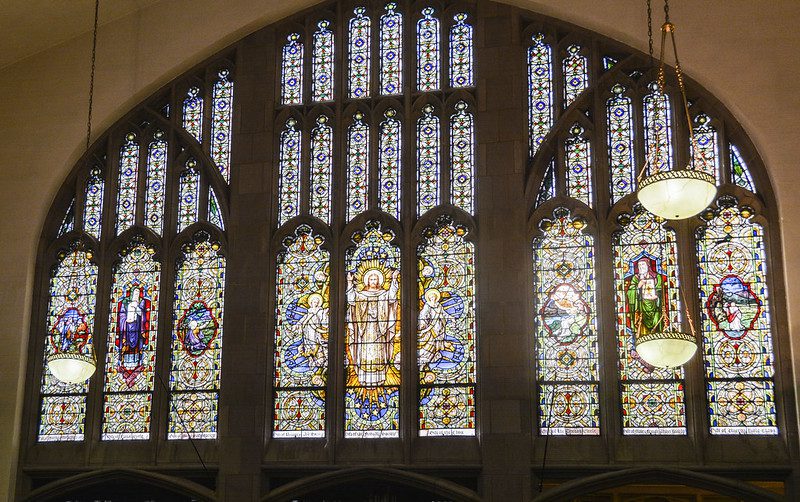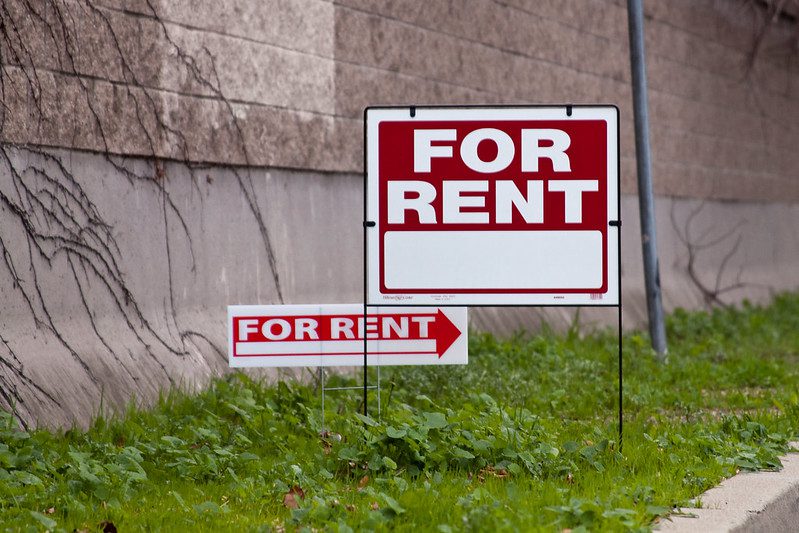This was going to be the final installment of my miniseries about Cincinnati’s remarkable Over-the-Rhine neighborhood, but I’m on too much of a roll to finish today. (Or, as my man Van would put it, “it’s too late to stop now.”) But this is a nice problem to have, really. Nothing is more important to urban sustainability than revitalization and I love that this story is so rich with possibility. Today we’ll look at some of the impressive, hopeful beginnings.
Over-the-Rhine may have a long way to go in order to become the model of revitalization that it can be, but one has to be impressed with what’s happening there. In 2002, the city of Cincinnati published a comprehensive plan for bringing the 362-acre neighborhood back to life, with a refurbished city park, streetscape investments, and mixed residential, commercial, and retail development, much of it in rehabbed 19th-century buildings. A streetcar is also in the works.
Most of the implementation is being carried out by the Cincinnati Center City Development Corporation (3CDC), a private, non-profit corporation whose latest progress report states that, in the past three years, it has invested $70 million in the revitalization of OTR. Much of that has gone into rehabbing buildings around Washington Park in the south of the neighborhood, now known as The Gateway Quarter. The completed Gateway projects so far comprise 103 residences, plus 7 commercial and live/work units in Phase I, and an additional 20,000 square feet of commercial space in Phase II. (see photos.) Phases III and IV are coming, and count me among those who would love to live there.
Which leads us, of course, to the elephant in the room: gentrification. There is no doubt that current residents’ fear of displacement is real and, given experience elsewhere, not without basis. My fervent hope, of course, is that a rising tide in OTR will lift all boats, so to speak, in the neighborhood and that it will flourish as the model of diversity, with mixed incomes and ages, that it deserves to be.
As a number of commenters on my previous OTR posts pointed out, we’re a long way from displacement at this point, given that nearly if not all of the properties being redeveloped by 3CDC have been vacant and deteriorating, not occupied. Moreover, the neighborhood has a number of resources helping existing residents, including job training, financial education, and assistance to minority-owned small businesses. The key will be making sure some of the new and refurbished housing is affordable, and that some of the businesses cater to the needs of the whole community, not just newcomers and destination-seekers.
For 15 photos, maps, and charts documenting OTR’s progress, along with more narrative and some great insights from Cincinnati natives, please see my expanded post, on my NRDC blog.
Next: will it be green?





Comments